

Brett Geddes
Gippsland Fishing Personality
Brett has been fishing for flathead, bream, estuary perch and bass in the Gippsland Lakes area for over two decades and has amassed over 6000 dusky flathead captures since he started keeping a diary in the early 2000’s. Spending 120-150 days per year getting up close and personal with the local fish population, he has plenty of insights to help everyday anglers get more from their lure fishing.
Fishing The Gippsland Area In Winter
During late autumn through to early spring the air temperatures, and indeed water temperatures, around southeastern Australia can plummet, causing many anglers to choose a day watching the footy on TV over a day on the water chasing fish. The rewards are definitely there for those who brave the cool conditions though, with the winter months offering some exceptional opportunities.
Late Autumn and early winter is a time when many southern estuary species form large spawning congregations, including Australian bass, estuary perch and of course, bream. Large schools of these species will travel up and down estuary systems in search of water of the correct salinity for spawning. Of course, this can make the fish very vulnerable – once a school is located it’s possible to make cricket score catches. The onus is on anglers to not only abide by relevant size and bag limits, but to handle the fish destined for release carefully to maximise survival rates.
Other estuary species also come out to play in winter, with flathead, trevally, whiting and squid among the many fishing options. For those that like to head for the freshwater to chase trout there are plenty of opportunities early in winter, but please keep in mind that a closed season applied to most rivers and streams through mid-winter until early spring. Be sure to check the regulations before you hit the water!
Gippsland Fishing Spot #1: Lake Tyers Flathead
Tide: Lake Tyers has opened to the ocean a couple of times in the past 10 months as a result of unusually high rainfall. Most years it’s a landlocked system with little tidal influence.
Species: Lake Tyers has become the BIG flathead capital of Victoria. Mind the upper size limit, the really big fish must be released.
- An easy 10-15 minute drive from the popular tourist town of Lakes Entrance, Lake Tyers makes anglers feel as though they are in the pristime waterways more remeniscent of East Gippsland. Steep, rugged and heavily vegetated shores in the mid to upper reaches create idyllic natural surrounds.
- Don’t be fooled by the popular theories about the flathead fishing shutting down during the cooler months, the big females remain on the chew but tend to move into the upper Lake Tyers system and even into the creeks that feed in from the catchment. Mallacoota and Bemm also fish well for flathead over winter, even in water temps of 8-10 degrees.
- During winter the flathead tend to be looking for a little extra warmth. Deeper water tends to be warmer early in the day and Brett suggests starting your flathead fishing fairly deep with quite large (>15cm) lures. Look for areas where the water drops off from 1-2 metres down to 3-4m and quality fish will usually be working along the dropoffs.
- As the afternoon rolls on the big flathead can sometimes move into shallower water that has been sun-warmed through the day and incredibly, big flathead from the surface are a definite possibility at these times. However, if the wind is up and the water is dirtier the fish tend to stay deeper.
- Other species that can be nabbed from Lake Tyers in winter time include XOS tailor, which can be targeted even off the surface at times, large silver trevally, estuary perch (thanks to VicFish for their amazing stocking program), plus black and yellowfin bream. The bream tend to be schooled up lower in the system in 10-15ft of water during winter.
Lures for Fishing Lake Tyers:
- It doesn’t matter exactly what brand of lure you use, but a soft plastic of some description in the 10-15cm size range is a “must-have” for the bigger flathead. Brett doesn’t use a stinger on these lures because flathead tend to engulf the whole lure and will eat it repeatedly until they find the hook.
- Strangely, small metal blades in the 40mm size range (the opposite extreme to the big plastics) can also be very effective for large Lake Tyers flathead over winter, with the bonus that you’ll also pick up a bycatch of quality bream, silver trevally and estuary perch. Hop them back slowly and close to the bottom, or “teabag” them in deeper water.
- Any kind of surface lure has a good chance of attracting the attention of a quality tailor in Lake Tyers.
Gippsland Fishing Spot #2: Tamboon Inlet
Tide: This system is usually closed and not influenced by tidal movement, but when it’s open the lower tides fish best down near the mouth.
Species: Tamboon Inlet is renowned for large black and yellowfin bream, but also has good numbers of large tailor, estuary perch, luderick, whiting, silver trevally and a few snapper.
- Nestled between The Bemm River and Mallacoota, Tamboon Inlet receives inflow from the Cann River system and has the reputation of being a trophy black bream fishery. It’s about 35km from the main highway and the road in is reasonably well formed and maintained.
- Tamboon Inlet tends to have some fairly deep water areas that fish well and are where most people concentrate their efforts, but don’t overlook the shallow sandy and muddy banks as some quality fish can be taken there at times, especially late in the day.
- Brett’s records indicate that historically, the periods following major rainfall events with significant flooding fish extremely well in Tamboon Inlet.
Lures For Fishing Tamboon Inlet:
- Small metal blades of 35-40mm are deadly on most of the species listed here. They can be fished with the standard “lift, pause, drop, lift….” approach or by teabagging beneath a boat or kayak, but Brett finds they’re also deadly in shallow water, where they should be fished with a resonably brisk retrieve to attract strikes.
- Soft plastic lures typical of those normally used in southern estuaries (ie grubs and paddletails of 2.5″ to 4″) and rigged on light jig heads are very effective.
- Small hard bodied lures also work well around the snags and structures in Tamboon Inlet.
Gippsland Fishing Spot #3: Port Welshpool
Tide: Squidding in this area is not as tide dependent as many people might think. A couple of hours either side of the high tide is a favourite, but you can find squid on other tides if you’re prepared to work for them
Species: Squid
On the South Gippsland coastline a short distance from Wilsons Promitory, Port Welshpool is a real hotspot for squidding from May to August. The can be prolific, will take jigs readily, are good to eat and are a ton of fun on light gear.
Fishing tight to weed edges during the period couple of hours either side of a high tide is very productive during winter, wth the Bennison Channel being a good area to start looking for squid. It’s also possible to get respectable numbers of squid on other tides by focussing your efforts out wider in the main channel, especially during spring.
For land-based anglers, the jetty that winds out from Port Welshpool is a very long structure and squid tend to hang on the deeper side where they can be targeted land-based or from a boat. The area around the boat ramp is also worth spending some time slinging jigs from the shore.
Lures For Port Welshpool Squidding:
- Yamashita jigs in the 2.5 or 3.0 size are great. Cheap jigs can also work pretty well but tend to get torn apart much more quickly than quality jigs.
Gippsland Fishing Spot #4: MacLaughlins (Mann’s) Inlet
Tide: Any tide will do, but the slack water periods at the top and bottom of the tides tend to be a bit slower. More run = more fun!
Species: Australian salmon.
MacLaughlins Inlet is part of the Port Albert area and is a wonderful winter Australian salmon fishing destination, especially if you enjoy some surface or fly fishing action. Fish of around 2kg are relatively common, with 3-4kg fish a possibility and the odd larger one around from time to time.
Whilst the surface strike can be very exciting, at times the salmon will be down quite deep. If there’s is no surface activity, find the deeper channels and use a sinking lure or fly, letting it get all the way to the bottom before working it back up. You may need to increase the weight you’re using in order to get the lure down to where the fish are. Often this is far more successful than, for example, trolling with a medium to deep diving hard body.
Lures:
- Surface poppers or fly rod poppers worked around schools of feeding salmon will often get an aggressive and exciting strike.
- Sinking flies and soft plastic lures are also deadly if you’re not fixated on surface fishing – and in fact you sometimes need to fish very deep for salmon.
- 35-40mm metal blades thrown upcurrent and worked back with the current are super effective, but drifting and teabagging these lures is also very effective.
- Most lure types will fish well for salmon, they’re not fussy. Hard bodies, metal slices and jigs can all work at times.
Gippsland Fishing Spot #5: Gippsland Lakes And Mitchell River
Species: Trophy black bream.
Situated near Bairnsdale, the Gippsland Lakes are a phenomenal place to chase a few solid bream. In fact, in the morning before recording this interview Brett and his mate managed over 80 bream from the area around Hollands Landing.
During the winter months the Gippsland Lakes Black Bream move away from the edges and flats and school up in deeper water before dispersing through the system again in July/August. The Mitchell River is a great starting point and bream fishing in this area is an all-day affair, although quiet periods seem to occur during day around the full moon.
Sounders are a great asset for finding these schooling fish – and it’s not what the sounder shows so much as how well you can interpret what’s on the screen. Brett sometimes finds that he gets more and better quality fish when there are occassional individuals dotted all over the bottom, rather than tightly packed into a school, so don’t go past areas where there are scattered fish in the hunt for a big school. Make a few casts and you might be surprised by some good fishing.
The Mitchell River has land-based opportunities for those who don’t have a boat or kayak, with roadside access in plenty of places. Have a good look on Google and you’ll identify lots of places…… make sure you have a few in mind so you can move between them until you find a school of feeding fish.
Lures:
- Small metal blades of 35-40mm are great fish takers at this time of year
Conclusion
Winter is one of the best times to fish the Gippsland area, there are so many opportunities that Brett had a hard time narrowing it down to just five spots to try. Remember to talk to the local tackle shop owners as many species move up and down throught these systems in big schools during winter, so it helps to get some recent intel on where they might be found. If you’re in the right place a cricket score catch is a possibility, but if you’re not where the fish are it really doesn’t matter how many casts you put in.
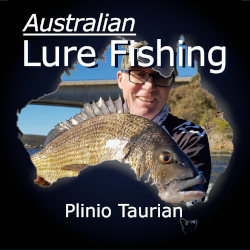
Fishing In Hobart: A Bream Masterclass With Plinio And Deathy
Check out a swag of little known techniques and insights for fishing the Derwent River system for bream in this awesome interview with Plinio Taurian.
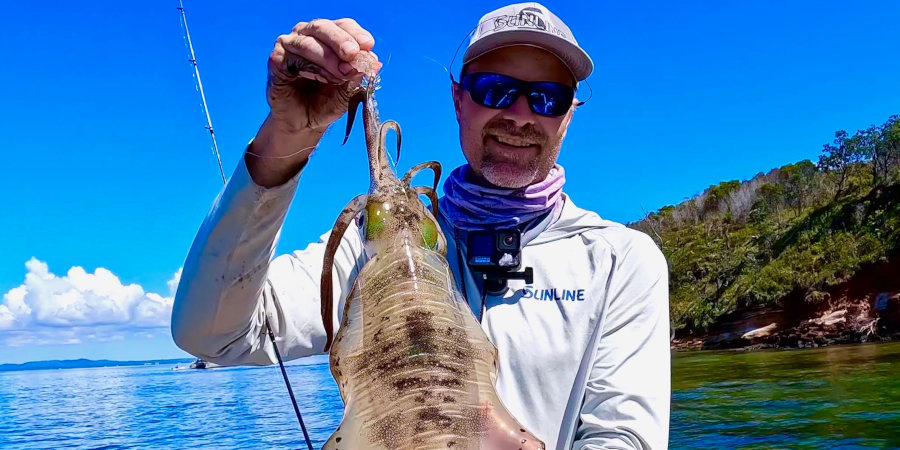
Brisbane Squid Fishing Masterclass With Peter Herbst
Keen to perfect the art of catching quality squid from the shorelines of Moreton Bay? Peter Herbst’s masterclass on Brisbane Squid fishing will arm you with the knowledge you need to do exactly that. Land-based or boat based, everything you need to know is right here.

Fishing At Forster: 5 Top Spots With Local Gun Luke Austin
The fishing at Forster – Tuncurry is superb, all year round with numerous options for land-based and boating anglers alike. Luke Austin has lived there all his life and shares some great spots for visiting anglers and locals alike.
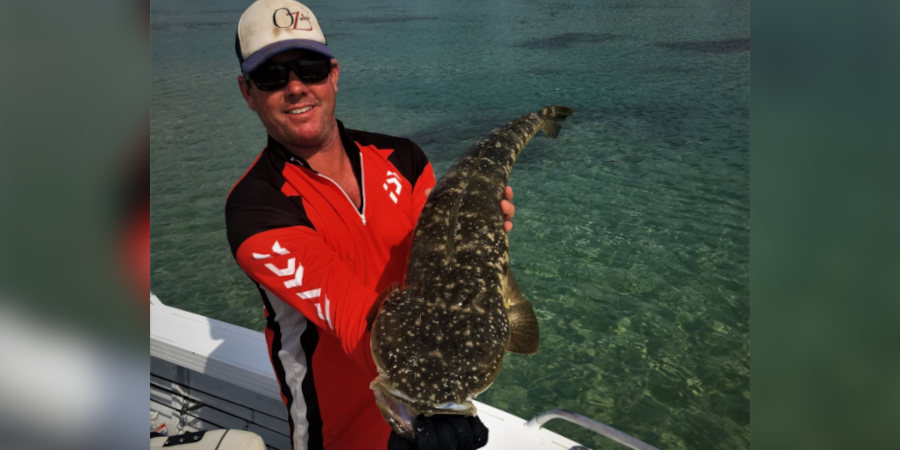
Fishing At Sussex Inlet: Cracking Flathead On Topwater With Nathan Bilsborough
This is ALF EPISODE 669. Want more? Check out nearby fishing spots, or other flathead fishing episodesIntroduction To Fishing At Sussex Inlet Welcome back, ALF listeners! Today, we’re diving deep into flathead fishing at Sussex Inlet, with expert insights from Nathan...
Unveiling the Secrets of Tuggerah Lake Fishing: Adam Amos on Bream
Tuggerah Lake Fishing is EPISODE 668. Check out our archives for more information on Bream Fishing!Introduction to Tuggerah Lake Fishing Tuggerah Lake, nestled on the NSW Central Coast, is a prime destination for bream fishing, easily accessible from Sydney. It's a...
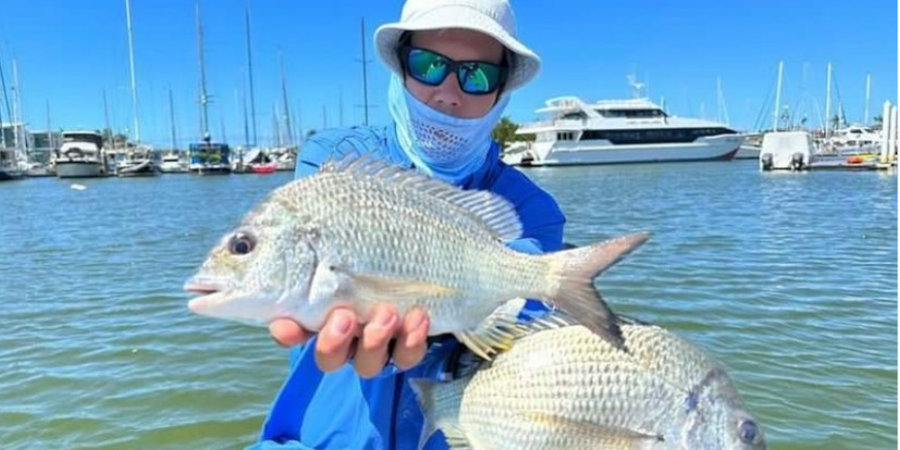
Ben Monforte’s Revolutionary Approach to Moreton Bay Bream Fishing
Ever considered using Japanese Free Rigging techniques to target bream? That’s exactly what today’s guest Ben Monforte shares with us in a fascinating techniques-based interview.
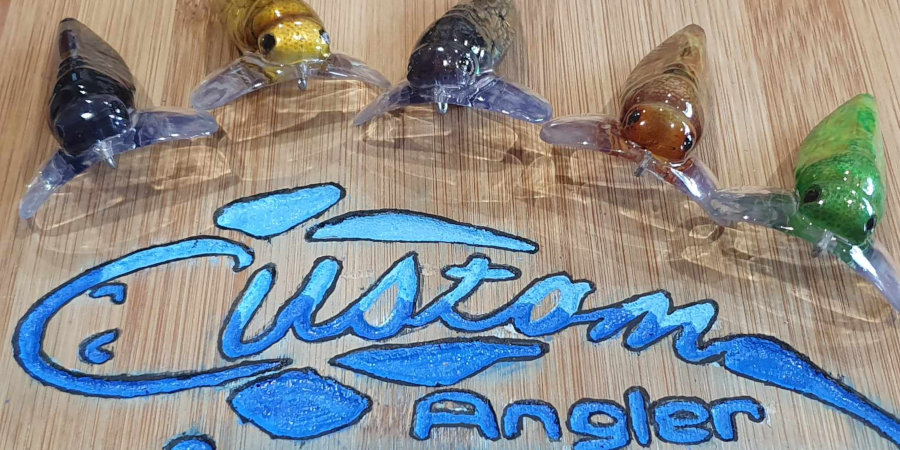
On Yamba Bream, Pimping Lures and the WRFL With Laurie Anderson
Yamba can be an exceptional fishing spot – and bream are high on the list of targets for many anglers. Tournament fisho and lure customiser Laurie Anderson shares her tips and advice in this episode.

Forster Flathead Fishing With Russell Babekuhl
Russell Babekuhl has a very different take n fishing for the humble flathead, turning it into a fast current, white knuckle affair!

Fishing In Hobart: A Bream Masterclass With Plinio And Deathy
Check out a swag of little known techniques and insights for fishing the Derwent River system for bream in this awesome interview with Plinio Taurian.

Brisbane Squid Fishing Masterclass With Peter Herbst
Keen to perfect the art of catching quality squid from the shorelines of Moreton Bay? Peter Herbst’s masterclass on Brisbane Squid fishing will arm you with the knowledge you need to do exactly that. Land-based or boat based, everything you need to know is right here.

0 Comments